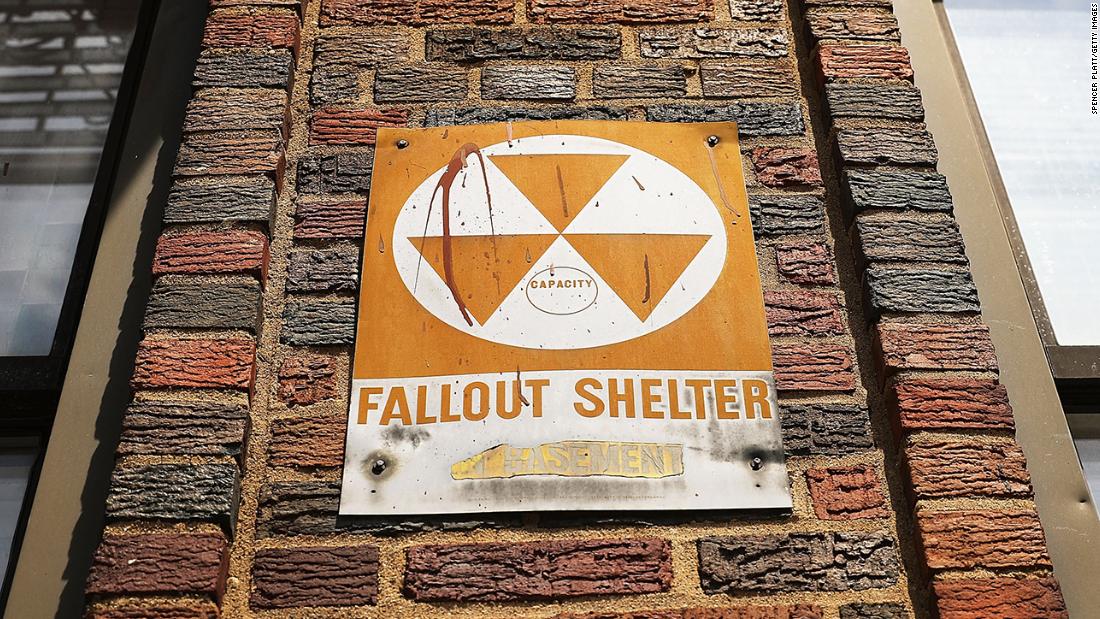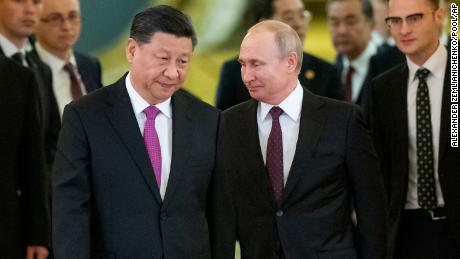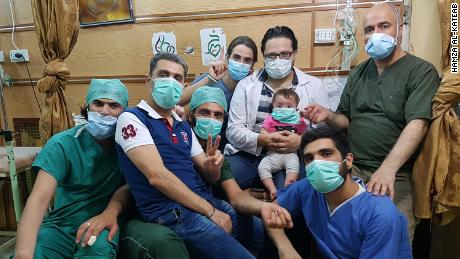
For those of us who grew up in the shadow of the Cold War, the resulting fear is all too familiar, reviving memories we thought were safe to jettison. The threat from nuclear weapons did not dissolve with the Soviet Union, but the existential terror they spawned did.
That sounds bad, but the realm of possibility is a vast place. So, what is the probability the war in Ukraine will turn nuclear?
Such forecasts are probabilistic, meaning we can never say whether they are “right” or “wrong” (unless someone says there’s a zero or 100% chance of something happening, leaving absolutely no chance for alternative outcomes). Which raises a reasonable question: How do probabilities really help?
On a personal level, estimating probabilities can help us make sense of situations that are so complex as to be baffling. When faced with an overwhelming situation — such as the threat of a nuclear war — disaggregating the problem into its constituent parts is a useful strategy. For a nuclear war to break out, certain events would have to happen. If we can assign probabilities to those events, we can unravel the giant mass of atomic anxiety. We can put a name — or in this case a number — to our fear and reckon with that worry, putting it into perspective along with other sources of anxiety.
This process helps policymakers as well. Once we have laid out the different paths to war, we can better identify key decision points and the degree of risk they pose. In doing so, we can make sure our actions do not inadvertently increase the chance of apocalypse. We can also prioritize dangers, more rationally allocating resources, like time, attention and money — and see where we’ve gone wrong, or where we might go wrong.
Admittedly, assigning a meaningful probability to nuclear war presents a particular challenge because a nuclear war has never been fought. Good forecasters often begin to assess odds by calculating the “base rate,” the relative frequency with which events take place, but in this case the base rate is zero.
Yet the risk of nuclear war is obviously not zero. The US and the Soviet Union came close to nuclear war several times during the Cold War, the most famous example being the 1962 Cuban Missile Crisis. So, where to begin in 2022?
Given the low historical incidence of combat and, more importantly, President Joe Biden’s vow not to deploy American troops to Ukraine, we could reasonably argue that the odds of conventional war are low but not zero. We cannot know what the true probability is, but we can make an educated guess and say that it is “highly unlikely,” a term that NATO defines as being between 0% and 10%. The midpoint of that range — 5% — gives us a reasonable starting place.
Thankfully, it never came to that, but almost four decades later, the situation is reversed, whereby NATO is conventionally stronger than Russia. So, Russia might well resort to nuclear weapons in a conflict if it felt that its existence was threatened, as it might if NATO troops approached the Russia-Ukraine border.
The risk of nuclear miscalculation or accident is also higher during a crisis than during calmer times. Again, we cannot know the true probability that Russia would use nuclear weapons, but if we are very concerned, we can simply assume the worst — or nearly the worst — and estimate there is a 95% chance that Russia would use tactical nuclear weapons in a fight with NATO forces.
At this point, the question would turn to one of the most fraught topics in nuclear strategy: whether escalation can be controlled. Can we confine a nuclear war to the Ukrainian battlefield, or will it inevitably spread to encompass strategic targets in NATO countries themselves? Given that we have little theory and virtually no data to go on, humility suggests that we treat this question as one of maximum uncertainty — a 50/50 chance it goes either way. That is, we are acknowledging our ignorance and factoring it into our overall estimate.
This seems like a gloomy view of the future, but if the probabilities are conditioned on one another — that is, if we use the numbers above and calculate the odds of NATO troops directly fighting Russian troops and Russia using nuclear weapons in response and the conflict escalating to a strategic exchange — we find that the odds of a nuclear strike against NATO cities are about 2.4% (i.e., 5% x 95% x 50%). We can then gut-check this estimate against those of nuclear experts and well-calibrated forecasters.
While these estimates vary roughly over an order of magnitude — in part because they address different geographic areas and different time frames — they all fall within the boundary of what Western intelligence agencies deem the lowest probability level (as noted, NATO calls anything between a 0% and a 10% chance “highly unlikely.”)
Again, we will never know the true probability. But we have established a reasonable way of deconstructing the problem that embraces epistemic caution given the lack of historical data. This logic suggests that the odds of a nuclear strike on a NATO city are currently small.
Does this mean we can relax? It does not. One irony of low probabilities is that they can flip unwarranted anxiety to unwarranted apathy even for high-consequence contingencies. The way people treat low probabilities is problematic: As a cognitive simplification strategy, our minds tend to round very small probabilities down to zero (e.g., turning 2.4% into 0%).
The good news in our thought experiment is that the key turning point on the road to nuclear war is solidly within the West’s control: NATO leaders are the ones who decide whether their troops will directly confront Russia’s.
We think the probability of them doing so is low, but if the US and its allies do commit troops to the fight in Ukraine, they should recognize that they might spur Putin to climb the escalatory ladder. In other words, they might well be handing him greater power over what happens next, when we want the opposite.
In the short term, then, our efforts to prevent nuclear disaster must focus on maintaining as much control of the situation as possible. In the longer-term, we should pursue the predictability, transparency and stability that a robust arms control framework can provide. Relying solely on an unregulated balance of terror is terrifying.


